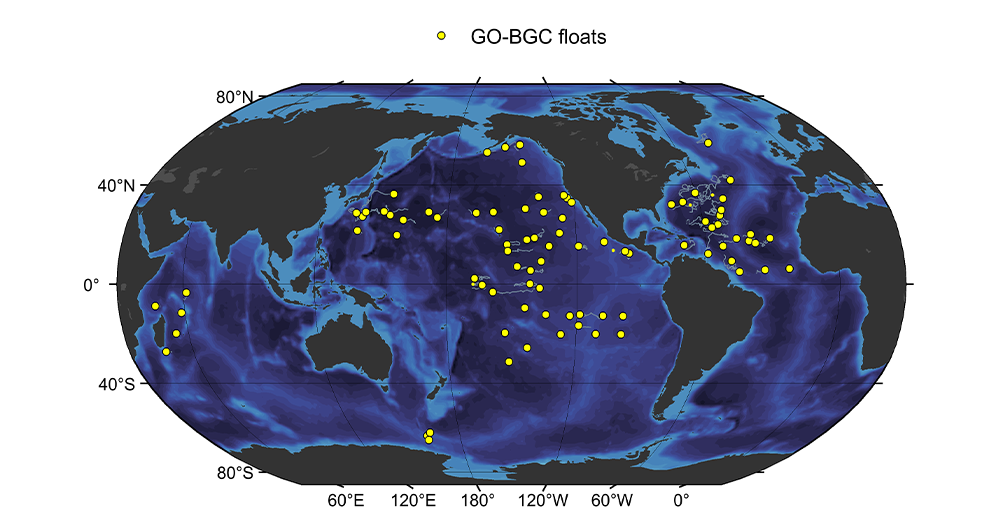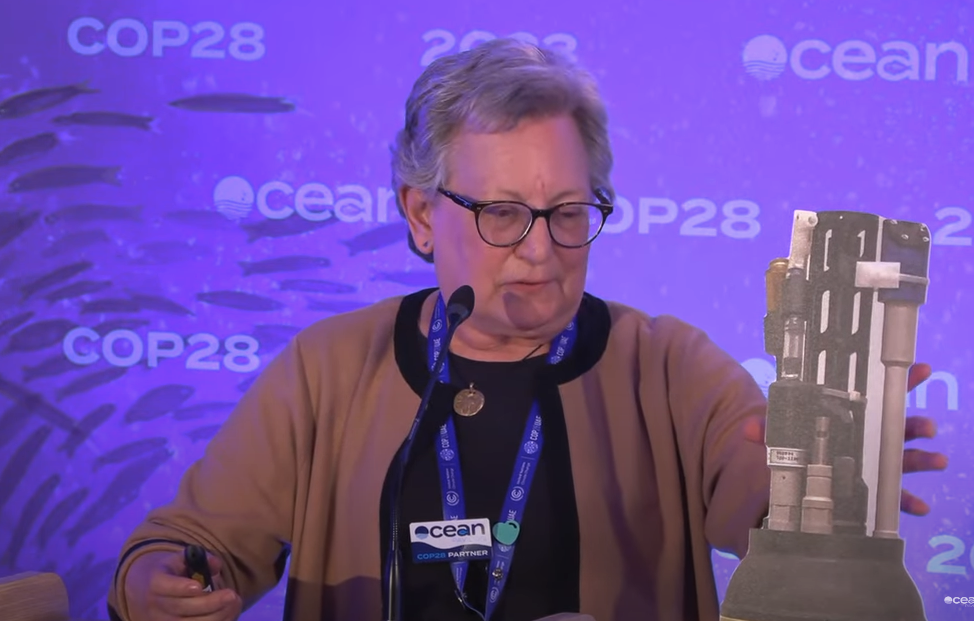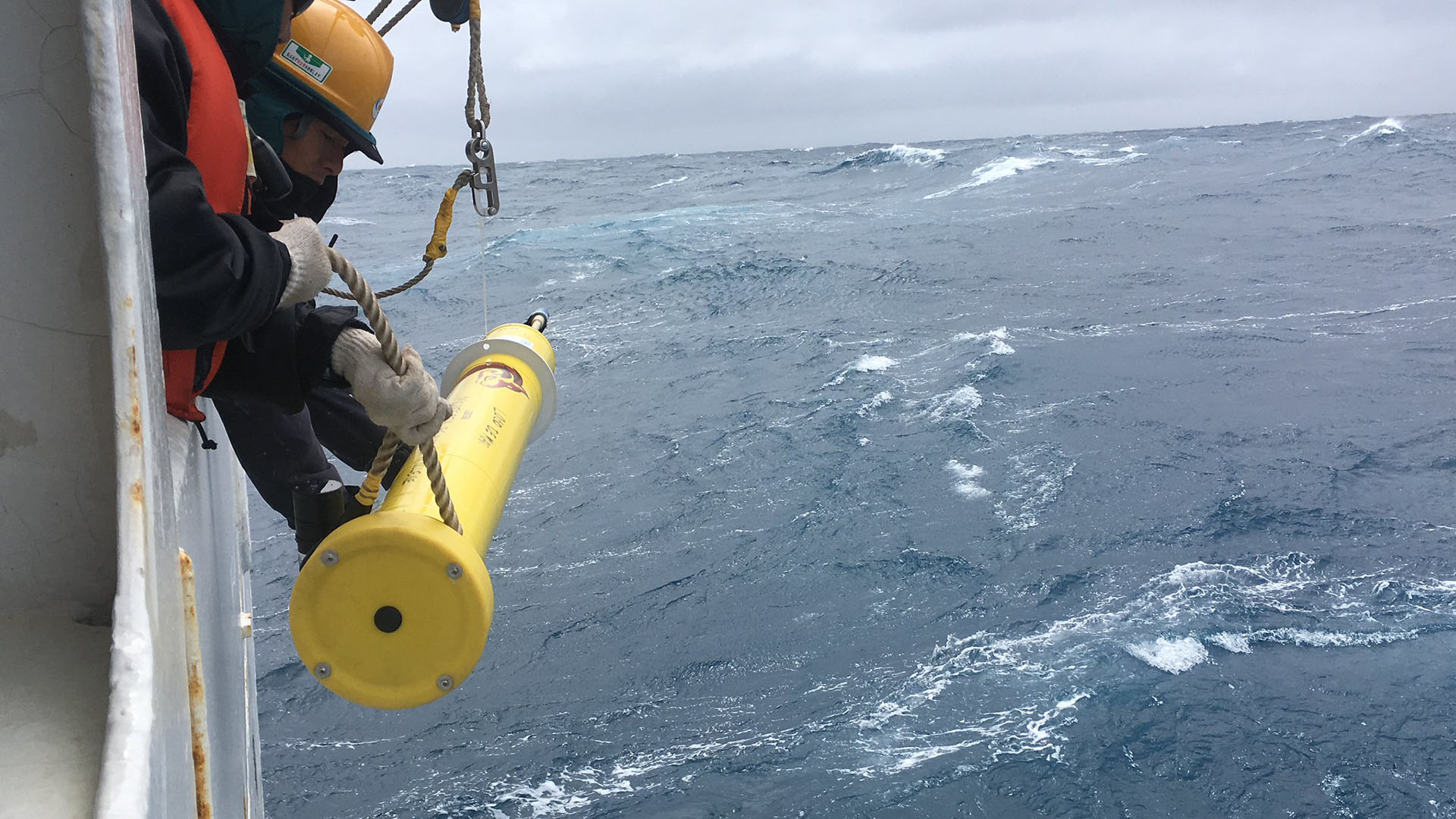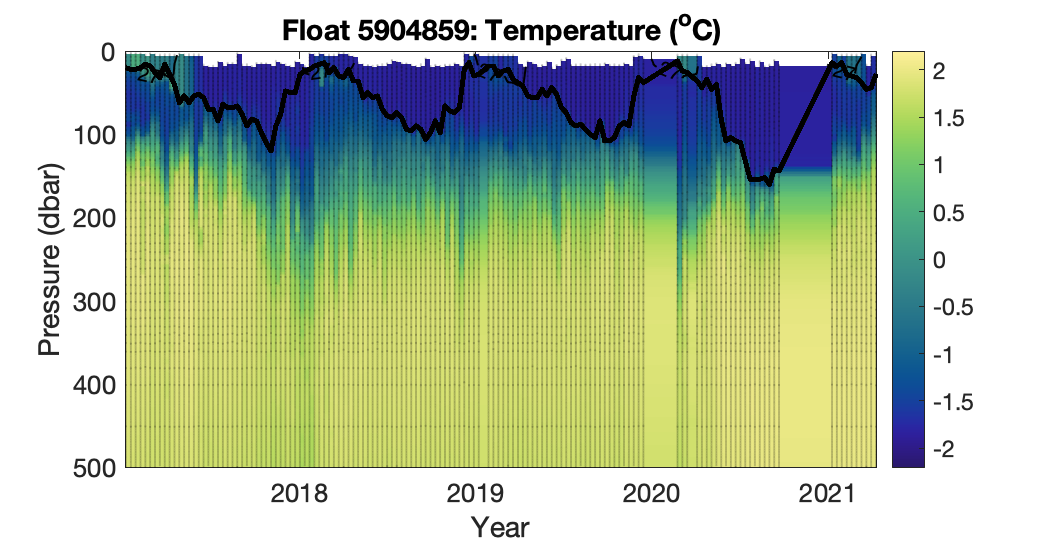Videos
Tutorials, webinars, interviews, and other video resources.
Data Tutorials
Animations
Workshop Presentations
Interviews
GO-BGC Data Access Tutorial
Dr. Alison Gray presents what data is available from GO-BGC floats and how to access it through various Data Access Centers (DACs) as well visualization tools linked through the GO-BGC website.
GO-BGC Data- MATLAB Tutorial
Dr. Alison Gray presents how to use GO-BGC data in MatLab. Code from the tutorial is available at: Github.com/go-bgc.
GO-BGC Data- Python Tutorial
Ethan Campbell, Katy Christensen, and Ryan Anderson walk users through using Python with GO-BGC float data. Code from the tutorial is available at: Github.com/go-bgc.
GO-BGC Data- R Tutorial
Drs. Marin Cornec, Yibin Huang, Raphaelle Sauzede, Quetin Jutard, and Catherine Schmechtig lead data users through using R with GO-BGC float data. Code from the tutorial is available at: Github.com/go-bgc.
How much is the ocean heating up?
Extreme weather events and sea level rise are increasing, intensified by a warming ocean. Understanding heat in the ocean can help better predict extreme weather and long-term climate shifts. A network of robotic instruments called Argo is helping scientists track warming beneath the surface and it’s showing us the ocean’s heat content is increasing dramatically. This video shares just how much the ocean is warming, and how the Argo program needs more support to continue to provide the full picture of ocean warming.
The Carbon Superhighway: The route from atmosphere to deep sea.
The ocean is one of Earth’s biggest carbon dioxide storehouses, soaking up about 25% of the total human carbon emissions per year. The carbon superhighway, also known as the “biological pump”, transports carbon dioxide from the atmosphere down into the deep sea.
Oceans Breath: Robotic floats measure seasonal cycles in the ocean
Just like land, the ocean has seasons when things grow and seasons when things decay. We know this thanks to hundreds of robotic floats equipped with sensors collecting data about ocean health and transmitting it back to scientists on shore.
Ekman Transport
As wind blows over the surface of the ocean, energy from the wind is transferred into the ocean.
Diatom Nutrient Uptake
Nutrients are used by diatoms and other plankton.

GO-BGC + OCB Webinar Series

COP 28: Observing the Changing Ocean: Heating, Salinity, Carbonization, Acidification, Deoxygenation

The Global Biogeochemical-Argo Fleet: Knowledge to Action Workshop

Workshop on the New Global Biogeochemistry (GO-BGC) Array
Science Selfies
MBARI Oceanographers and Data Scientists Tanya Maurer and Ben Davis, provide critical data about the world’s oceans through the GO-BGC program.
Dr. Mariana Bif on the Carbon Cycle and Robots
Just like plants on land, tiny phytoplankton use photosynthesis to consume carbon dioxide and convert it into organic matter and oxygen. This biological transformation is called marine primary productivity, and it ebbs and flows in response to changes in our climate. In a study in Nature Geoscience, MBARI Senior Scientist Ken Johnson and MBARI Research Specialist Mariana Bif demonstrated how a fleet of robotic floats are revolutionizing our understanding of ocean primary productivity and, ultimately, ocean health.
SOCCOM
Like GO-BGC that deploys floats globally, the Southern Ocean Carbon and Climate Observations and Modeling (SOCCOM) Program deploys robotic floats only in the Southern Ocean. Drs. Ken Johnson (Monterey Bay Aquarium Research Insititute (MBARI)), Lynne Talley (Scripps Insitution of Oceanography), Steve Riser (University of Washington), Joellen Russell (University of Arizona), Jorge Sarmiento (Princeton University) and Heidi Cullen (MBARI) all provide insight into why robotic floats are revolutionizing oceanographic monitoring.
